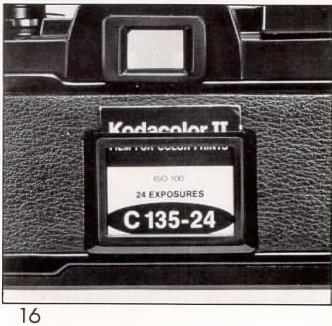clel miller
TPF Noob!
- Joined
- Jun 21, 2015
- Messages
- 51
- Reaction score
- 10
- Can others edit my Photos
- Photos OK to edit
It seems like it effects the light meter accordingly, but does it also do something else.?
Thank You
Thank You


 Yep.
Yep.






